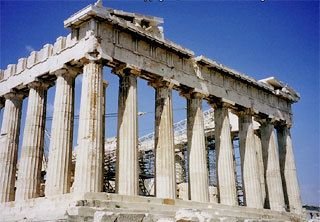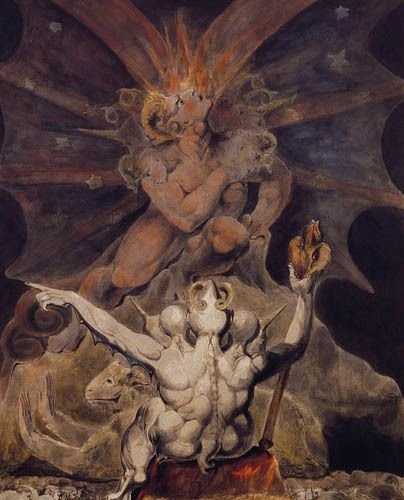Arriving in Greece after a nearly four-hour flight from Sweden, an odd route because the two countries are located at opposite ends of Europe, perhaps no backpacker would be crazy enough to take a breather from the region’s bitter cold.
The scene from the airport to the city center is even more boring: on both sides of the road are reinforced concrete houses that have both just been built and are under construction without any personality, bricks and tiles are scattered, the streets are dusty.
A corner of the Acropolis.
But those hasty tourists, in their haste, miss out on miracles that cannot be found anywhere outside of Athens.
And there are so many such works that whether they want to or not, the inheritors of that civilization cannot fully preserve them all but must excavate a part and put it in a museum.
At a tram station, inside is its own small museum with exhibits found when people dug down to build the station.
The Acropolis, also known as the Sacred Rock, is the easiest place to admire the symbol of the golden age of Greek civilization.
To get to the Acropolis located on a high hill (as the name comes from the Greek words: acro – high, polis – city), visitors must pass through the festive 19th century Plaka neighborhood with shelves selling souvenirs.
More than 25 centuries ago, after winning humanity’s first marathon in 490 BC, the Athenians laid the first stones as the foundation of the Acropolis to worship the city’s guardian god.
When standing on a high hill from the other side, looking at the towering Acropolis in the strong winds, it will be difficult to avoid the feeling of sadness when looking at modern Athens rushing below with its disorderly construction and buildings.
The three most famous temples of the Acropolis were built thousands of years ago: the Parthenon, the Erechtheion and the temple of the Goddess Nike.
Most special is the frieze over 150 meters long, depicting a parade of 400 people including maids, judges, musicians and 200 animals.
On the ferry back to Evia island, sunset fell on the blue sea, dyeing the sky, land, clouds and water a splendid yellow color.
(According to Tuoi Tre)










